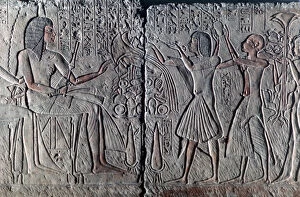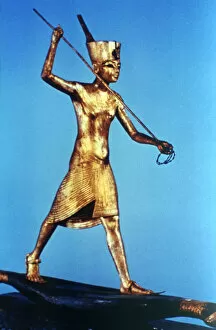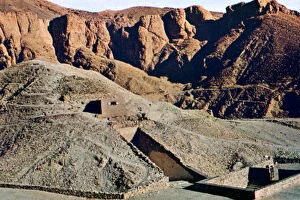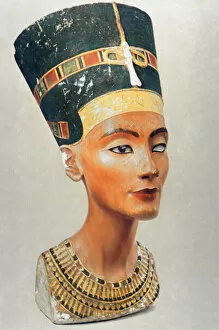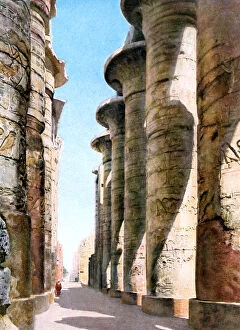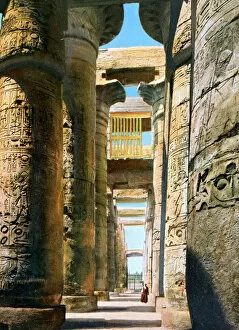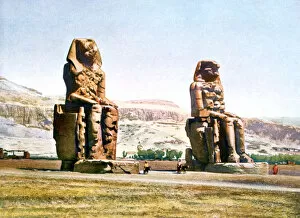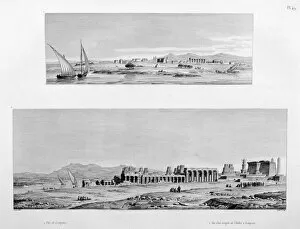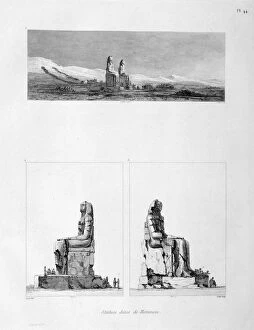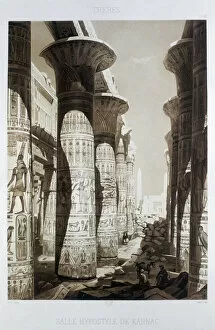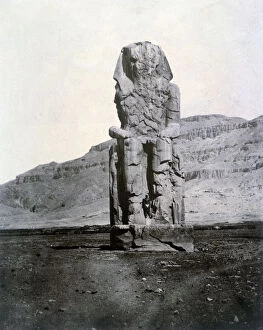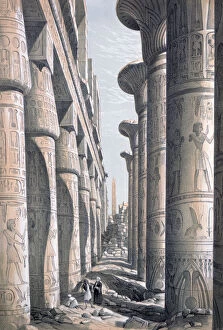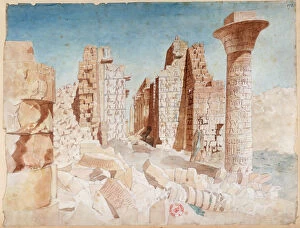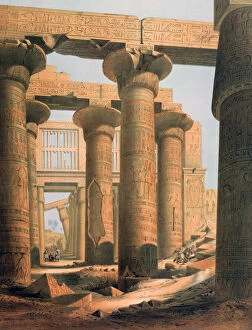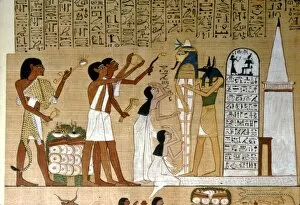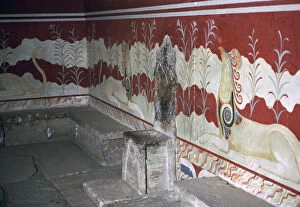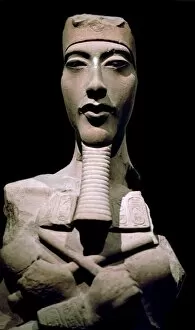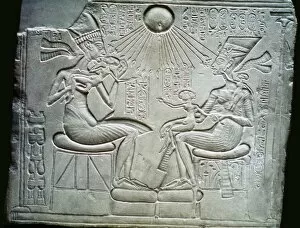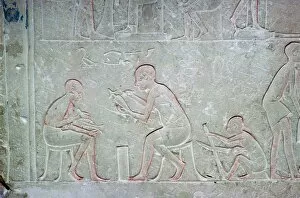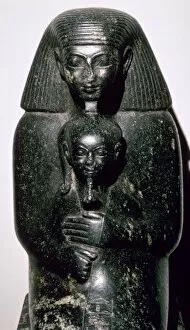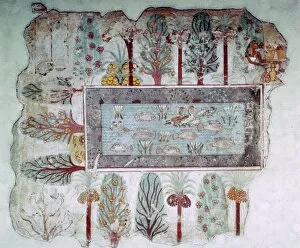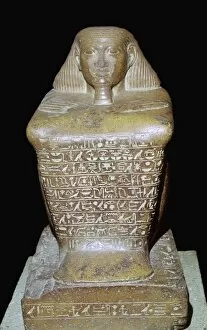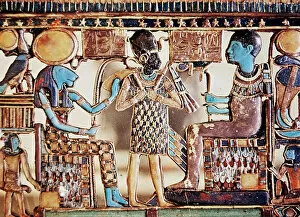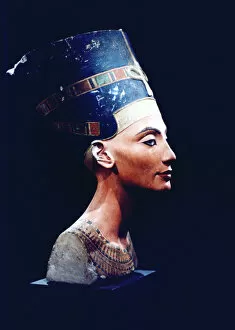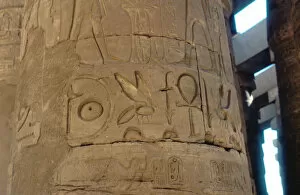14th Century Bc Collection (#8)
"Exploring the Mysteries of the 14th Century BC: From Goddess Sekhmet to Akhenaten" Step back in time to the captivating world of the 14th century BC
For sale as Licensed Images
Choose your image, Select your licence and Download the media
"Exploring the Mysteries of the 14th Century BC: From Goddess Sekhmet to Akhenaten" Step back in time to the captivating world of the 14th century BC, where ancient civilizations thrived and left behind a rich tapestry of art, rituals, and legends. One cannot help but be mesmerized by the fierce beauty of Goddess Sekhmet, whose lioness form symbolized power and protection. Her presence loomed large over ancient Egypt, as depicted in magnificent wall paintings found in tombs like that of Tutankhamun in Luxor. Speaking of Tutankhamun, his tomb has unveiled countless treasures that offer glimpses into this enigmatic era. The antechamber reveals stunning artifacts such as golden chariots and intricate jewelry fit for royalty, and is here that we witness Hathor herself offering her necklace to a pharaoh - an exquisite painted relief from Seth I's tomb at Thebes. The Blue Bird fresco from Knossos takes us beyond Egypt's borders to Minoan Crete. This vibrant artwork transports us to a time when trade flourished across the Mediterranean Sea, connecting diverse cultures through shared symbols and stories. Intriguingly enough, it was during this period that Passover rituals began taking shape in ancient Egypt. These traditions would later become integral parts of Jewish heritage as Moses delivered the Ten Commandments on Mount Sinai. While exploring these historical wonders, one cannot ignore the artistic interpretations brought forth by Winifred Mabel Brunton. Through her masterful brushstrokes, she captures iconic figures like Nefertiti and Akhenaten with striking realism - immortalizing their reigns for generations to come. As we journey further eastward towards Bosra in Syria, we encounter remnants of another great civilization thriving amidst shifting sands. Here lies evidence of cultural exchange between Mesopotamia and Egypt during this period – an enduring testament to the interconnectedness of ancient societies.









